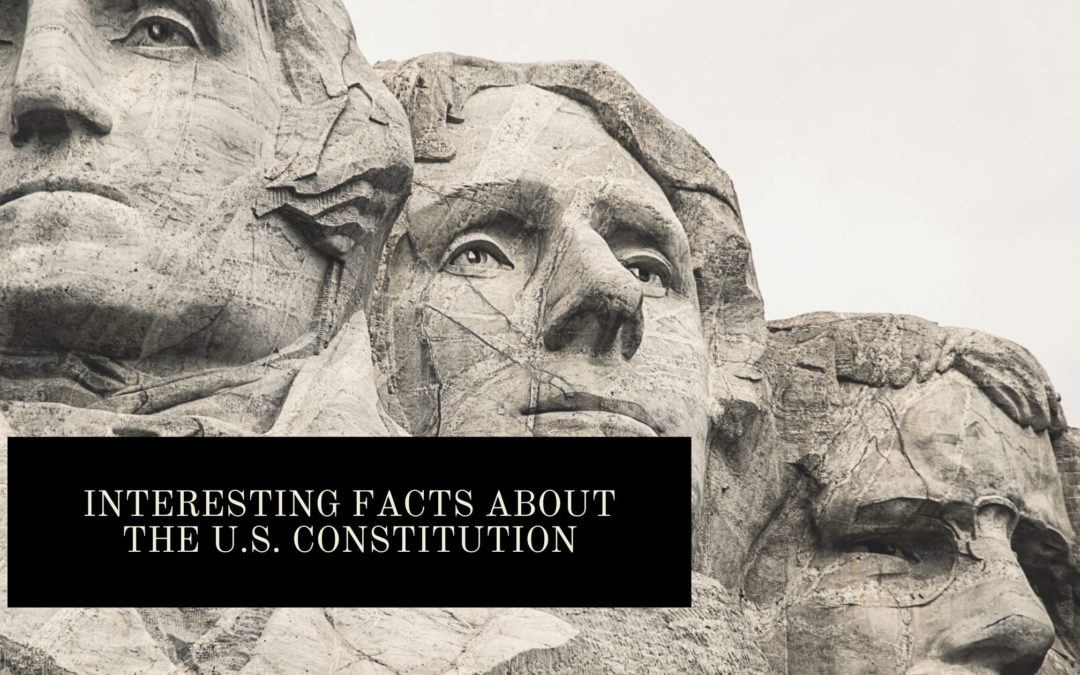Though it’s the first official document for basic rights in the United States, the U.S. Constitution has an extensive history before, during, and after it was written. What do we know about the document beyond what was taught in elementary school? Let’s take a look beyond the words “We the People” and discover what else there is to know about our Constitution.
- It took 100 days for the Constitution to be written, and the word democracy isn’t found in it once.
- The Constitution provides two senators from each state, but the House size is not set by it. Instead, it’s set by the population size of the state. This is why California has the most number of House representatives, while Wyoming, Vermont, and North Dakota have the least.
- The Constitution has several spelling mistakes, including the word Pennsylvania. Instead, it’s spelled “Pensylvania.”
- Two of the Founding Fathers and future Presidents of the United States were not present to sign the Constitution. At the time, John Adams was the ambassador to Great Britain, and Thomas Jefferson was ambassador to France.
- Six men were present to sign both the Constitution and the Declaration of Independence: George Read, Roger Sherman, Benjamin Franklin, Robert Morris, George Clymer, and James Wilson.
- Prior to the addition of the amendments and signatures, the Constitution had 4,400 words. After these additions, the word count came to 7,591 words.
- In order to repeal an amendment from the Constitution, another amendment must be added to declare it repealed.
- Over 11,000 amendments have been proposed to be made to the Constitution; only 27 of these have been approved.
- The 18th amendment—Prohibition—is the only amendment ever to be repealed from the Constitution.
- James Madison is considered the Father of the Constitution. This is because he attended every Constitutional meeting and kept detailed notes of these meetings in his journal. The journal was kept secret until after his death and published in 1840.
- Alexander Hamilton convinced Congress to call for the Constitutional Convention to discuss amending the Articles of Confederation. Afterward, Hamilton and Madison persuaded the public to ratify the document through a series of essays entitled “The Federalist Papers.”
